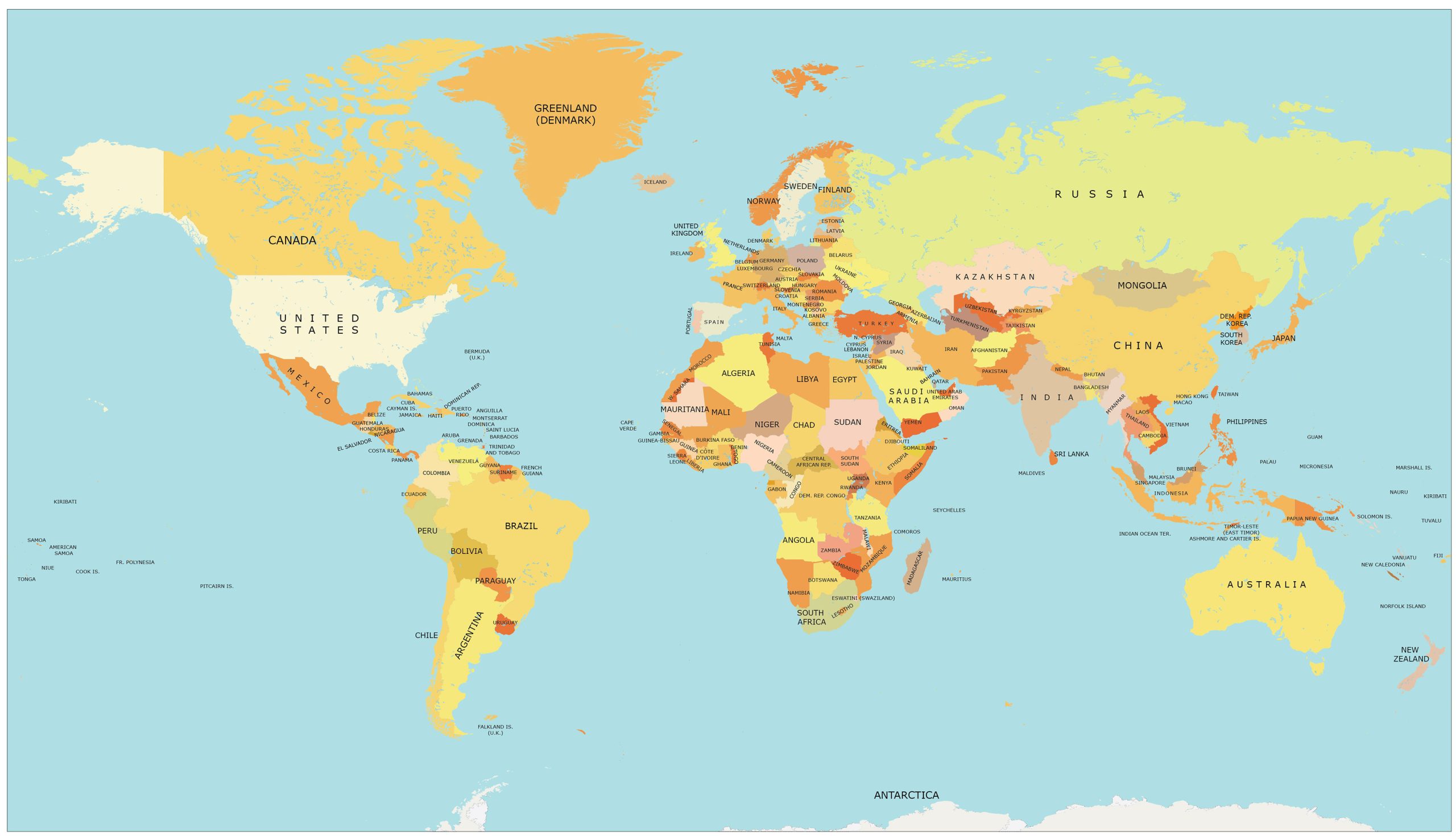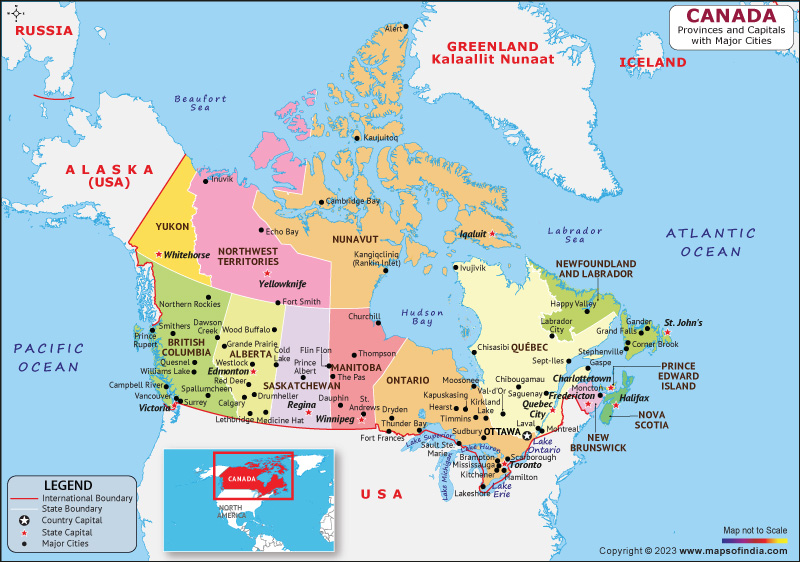
A map depicting the locations of Native American boarding schools across the United States is far more than a simple geographical representation; it is a stark, chilling cartography of a deliberate, systemic assault on Indigenous identity, culture, and sovereignty. For the traveler or history enthusiast, understanding this map is not merely an academic exercise, but an essential journey into the often-hidden scars upon the American landscape and the enduring spirit of its First Peoples. It reveals a dark chapter of U.S. history, a government-sanctioned policy designed to "kill the Indian, save the man," and its profound, intergenerational impact that continues to resonate today.
The Map: A Geographic Revelation of Cultural Genocide
At first glance, such a map might appear as a scattering of dots, each representing an institution. However, upon closer inspection, patterns emerge that tell a devastating story. From the eastern seaboard to the Pacific Northwest, and particularly concentrated in the Great Plains and Southwest, the map reveals a pervasive network. These institutions were strategically scattered, often far from students’ home reservations, ensuring maximum isolation from family, language, and traditional ways of life. The sheer number of these schools—over 350 federally funded and thousands more run by religious organizations—underscores the comprehensive nature of this assimilation policy.
Each dot on that map is a testament to forced removal, cultural erasure, and profound trauma. It represents a place where children, some as young as five, were taken from their parents, their homes, and their heritage. It shows where thousands of Native children were subjected to physical, emotional, and sexual abuse, where their languages were beaten out of them, and where their spiritual practices were forbidden. The geographical distribution wasn’t random; it was a calculated strategy to dismantle Indigenous communities by targeting their future generations.

The Genesis of a Policy: Historical Context and Ideological Roots
The roots of the boarding school system are deeply embedded in post-Civil War American expansionism and the prevailing belief in Manifest Destiny. As the U.S. government "pacified" and confined Native nations to reservations, the "Indian Problem" shifted from military conquest to cultural conquest. The architect of this assimilation policy was Captain Richard Henry Pratt, who founded the Carlisle Indian Industrial School in Pennsylvania in 1879. His infamous motto, "Kill the Indian, Save the Man," perfectly encapsulated the system’s objective.
Pratt believed that by removing Native children from their "savage" environments and immersing them in white American culture, they could be "civilized" and integrated into mainstream society. This ideology was not born of malice in every individual, but of a deeply ingrained ethnocentrism and a desire to eliminate perceived threats to American expansion and resource acquisition. By "civilizing" Native people, the government could justify taking their land and resources more easily, while simultaneously creating a cheap labor force.
The federal government, often in partnership with various Christian denominations, established a vast network of off-reservation boarding schools. Churches played a significant role, often receiving government funding to operate these institutions, believing they were fulfilling a religious duty to convert and "save" Indigenous souls. This partnership further cemented the cultural and spiritual assault, as Native religions and spiritual practices were systematically demonized and suppressed.
Legislation like the Dawes Act of 1887 (General Allotment Act) further supported the boarding school movement. By dividing communal tribal lands into individual allotments, the Dawes Act aimed to destroy tribal sovereignty and promote individual land ownership, forcing Native people into a Western capitalist model. The boarding schools were seen as crucial in preparing Native children for this new, "civilized" life, effectively severing their ties to traditional communal land-use practices and kinship structures.
Life Within the Walls: The Stripping of Identity
The experience of attending a boarding school was characterized by a systematic assault on every aspect of a child’s Native identity. Upon arrival, children were stripped of their traditional clothing, their hair—a profound symbol of identity and spiritual connection in many tribes—was cut short, and their names were often replaced with anglicized versions. Speaking their native languages was strictly forbidden, enforced with harsh punishments that often included physical abuse.
The curriculum was designed to instill Euro-American values and skills. Boys were taught vocational trades like carpentry, farming, and shoemaking, while girls were trained in domestic tasks such as cooking, cleaning, and sewing. This training was often rudimentary and aimed at creating a subservient labor force rather than providing genuine educational opportunities. Academic instruction, if offered, was often minimal and focused on basic literacy and arithmetic, presented through a Eurocentric lens that denigrated Native cultures.
Life at these schools was regimented, resembling military institutions. Children marched in lines, wore uniforms, and were subjected to strict discipline. The emotional and physical deprivation was immense. Malnutrition, disease (such as tuberculosis and trachoma), and inadequate medical care were rampant, leading to high mortality rates. Many children never returned home, their graves often unmarked or poorly documented near the school grounds, silent witnesses to the tragedy.
Beyond the physical abuses, the psychological trauma was devastating. Children were taught to be ashamed of their heritage, their families, and themselves. They were forced to internalize the message that their culture was inferior, barbaric, and needed to be eradicated. This created a profound identity crisis, leaving many caught between two worlds—no longer fully connected to their Native roots, yet not fully accepted by the dominant white society.
The Devastation of Identity and Intergenerational Trauma
The legacy of the boarding schools is not confined to history books; it is a living, breathing wound within Native communities. The systematic destruction of Indigenous identity had far-reaching and intergenerational consequences. Children who survived the schools often returned home as strangers to their families and communities. They had lost their language, their traditional skills, and sometimes even the memory of their customs. Many struggled to reconnect, feeling alienated from both their own people and the white society that had sought to "save" them.
The trauma inflicted in these schools—the abuse, neglect, and cultural denigration—did not end with the students. It became a pervasive force, passing down through generations. This is known as intergenerational trauma, where the psychological and emotional wounds of one generation are transmitted to the next. Survivors often struggled with parenting, having been denied positive role models themselves. This led to breakdowns in traditional family structures, substance abuse, mental health issues, and a cycle of unresolved grief and anger.
The loss of language is perhaps one of the most tragic impacts. Language is inextricably linked to culture, worldview, and identity. With the suppression of Native languages, vast amounts of traditional knowledge, stories, ceremonies, and ways of understanding the world were lost or severely endangered. This created a cultural void, making it harder for younger generations to connect with their heritage.
Furthermore, the boarding school experience fostered a deep-seated distrust of government institutions, education systems, and even organized religion within many Native communities—a distrust that is entirely justified given the historical abuses. This legacy continues to impact interactions between Native nations and the U.S. government, affecting everything from healthcare to economic development.
Legacy and Resilience: The Path Forward
The last federally operated boarding schools closed in the 1970s, a testament to decades of advocacy by Native leaders and growing awareness of the harms inflicted. However, the closure of these institutions was not the end of the story; it was merely the beginning of a long and arduous journey toward healing, reconciliation, and cultural revitalization.
Today, many Native nations are actively engaged in reclaiming and revitalizing their cultures, languages, and identities. Language immersion programs are working to teach younger generations their ancestral tongues. Traditional arts, ceremonies, and spiritual practices are being revived and celebrated. Communities are focusing on strengthening family bonds and addressing the intergenerational trauma through culturally relevant healing practices.
The work of truth and reconciliation is also ongoing. In 2021, the U.S. Department of the Interior launched the Federal Indian Boarding School Initiative, aimed at investigating the historical records of these schools, identifying unmarked burial sites, and documenting the experiences of survivors. This initiative, while long overdue, is a crucial step towards acknowledging the truth and beginning the process of healing.
The resilience of Native peoples, in the face of such profound historical trauma, is a testament to the strength of their cultures, their spiritual connections, and their unwavering determination to survive and thrive. They are not merely victims of history; they are survivors, revitalizers, and leaders in the ongoing fight for sovereignty and self-determination.
Why This Matters Today: For Travel and Education
For those traversing the vast and varied landscapes of the United States, understanding this map adds an indispensable layer of context to their journey. It transforms seemingly ordinary towns and remote locations into places of historical significance, often marked by profound pain and incredible resilience.
As a traveler, knowing this history encourages a more conscious and respectful engagement with Native lands and cultures. It moves beyond superficial appreciation to a deeper understanding of the struggles and triumphs of Indigenous communities. It prompts questions: Which tribes traditionally inhabited this land? What impact did boarding schools have on this specific area? Are there local museums, cultural centers, or historical markers that tell this story from an Indigenous perspective?
For the history enthusiast, this map is a crucial educational tool. It challenges romanticized narratives of American expansion and forces a confrontation with the uncomfortable truths of settler colonialism. It highlights the importance of listening to Indigenous voices, learning from their perspectives, and supporting their ongoing efforts toward self-determination and justice.
Visiting sites that were once boarding schools, where appropriate and respectful, can be a powerful experience. Many of these sites are now reclaimed by tribes, serving as cultural centers, tribal schools, or memorials. These places offer opportunities for reflection, learning, and solidarity. However, it is crucial to approach such sites with humility, sensitivity, and respect for the communities who carry this history.
The map of Native American boarding schools is not just a historical artifact; it is a living document, a silent testament to a painful past and a powerful reminder of the ongoing journey toward healing, justice, and self-determination. By understanding its profound implications, we can all contribute to a more informed, empathetic, and equitable future for all inhabitants of this land. It is a history that every American, and every visitor to these lands, has a responsibility to confront and comprehend.
